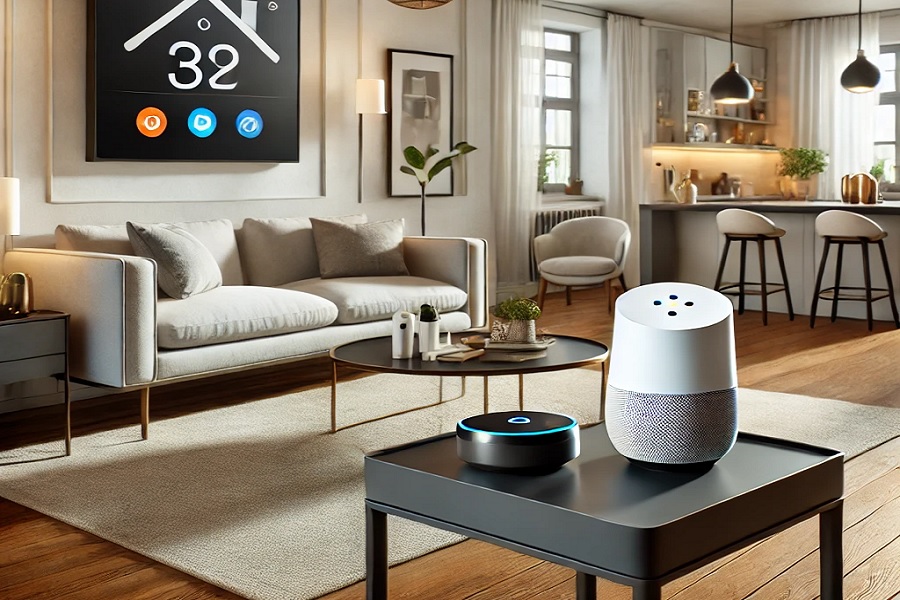``The Modern Work-Life Balance: Achieving Harmony in a Busy World``

In today's fast-paced world, achieving a healthy work-life balance has become increasingly difficult. The boundaries between personal life and professional responsibilities have blurred, especially with the rise of remote work and the always-on nature of digital communication. Many find themselves juggling demanding jobs, family obligations, and personal time, leading to stress, burnout, and strained relationships.
The Challenge of Work-Life Balance
The modern work environment demands more than just 9-to-5 availability. Professionals often find themselves answering emails late at night or attending virtual meetings outside regular working hours. While technology has brought convenience and flexibility, it has also introduced the pressure to be constantly available, making it harder to draw a clear line between work and personal time.
In addition to work pressures, personal commitments such as childcare, household responsibilities, social obligations, and self-care routines can easily overwhelm an individual's schedule. This imbalance often results in a lack of rest, which affects productivity, mental health, and overall well-being.
Why Work-Life Balance Matters
Work-life balance isn't just about time management—it's about quality of life. A well-balanced life ensures that individuals have the mental and emotional space to recharge, foster meaningful relationships, and pursue hobbies and interests that bring joy. It also enhances productivity and creativity at work. When employees feel that they have time for their personal lives, they are less likely to experience burnout, and more likely to feel motivated and engaged in their work.
Maintaining a balance also promotes better physical health. Stress from overwork can lead to a range of health problems, from anxiety and depression to cardiovascular issues and chronic fatigue. Prioritizing personal time, exercise, and relaxation can help mitigate these risks.
Strategies for Achieving Work-Life Balance
Achieving a sustainable work-life balance requires intentional planning and commitment. Here are a few strategies to help:
Set Boundaries
One of the most crucial steps in maintaining work-life balance is setting clear boundaries. Define your work hours and stick to them. Communicate with your employer or team about your availability and ensure you have personal time in the evenings or on weekends. Turn off work notifications when you're off the clock, so you're not tempted to check emails or respond to work messages during your personal time.
Prioritize Tasks
Use tools like to-do lists or digital calendars to prioritize tasks. Focus on high-impact work that moves you closer to your goals and delegate or postpone less critical tasks. By managing your tasks effectively, you can free up more time for personal activities.
Learn to Say No
Being overcommitted is one of the main contributors to imbalance. It's okay to say no to extra work, social obligations, or volunteer opportunities if it compromises your well-being. Setting boundaries also involves recognizing when you're overwhelmed and taking a step back.
Make Time for Yourself
Self-care is an essential aspect of work-life balance. Whether it's a 15-minute walk, a meditation session, or reading a book, making time for activities that nurture your body and mind can help you recharge and maintain energy levels for both work and personal life.
Utilize Flexibility
If you're working remotely or have a flexible schedule, take advantage of it. Flexibility allows you to better integrate personal activities, like running errands or spending time with loved ones, into your workday without compromising productivity.
Delegate and Ask for Help
In both your professional and personal life, don't hesitate to delegate tasks or ask for help. At work, consider delegating projects or responsibilities to others, and at home, share the load with family members or hire external help for tasks like cleaning or meal preparation.
Plan Regular Breaks and Vacations
Taking regular breaks throughout the day is crucial to maintaining focus and reducing stress. In addition, planning vacations or weekend getaways can provide a much-needed mental reset, allowing you to return to work feeling refreshed and energized.
The Role of Employers in Supporting Work-Life Balance
Employers play a crucial role in fostering a healthy work-life balance for their employees. Providing flexible work arrangements, encouraging time off, and promoting a culture of work-life harmony can improve employee satisfaction and productivity. Organizations that prioritize work-life balance tend to retain talent and have a more engaged workforce.
The Future of Work-Life Balance
As hybrid work models and flexible schedules become more common, work-life balance may become easier to achieve. However, it’s essential for individuals to proactively manage their boundaries and wellness. Companies must also continue to support employees in finding this balance by offering resources, tools, and understanding that the well-being of their workforce directly impacts the success of the organization.
Conclusion
In conclusion, achieving a work-life balance is an ongoing process that requires effort and attention. By setting boundaries, prioritizing tasks, and making time for self-care, individuals can lead a more balanced and fulfilling life. It’s important to remember that balance is personal and will look different for everyone. Whether it's spending more time with family, traveling, or pursuing hobbies, finding what works best for you is the key to a happy and productive life.
























